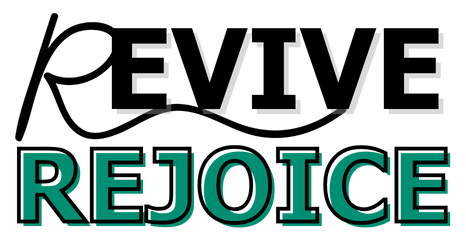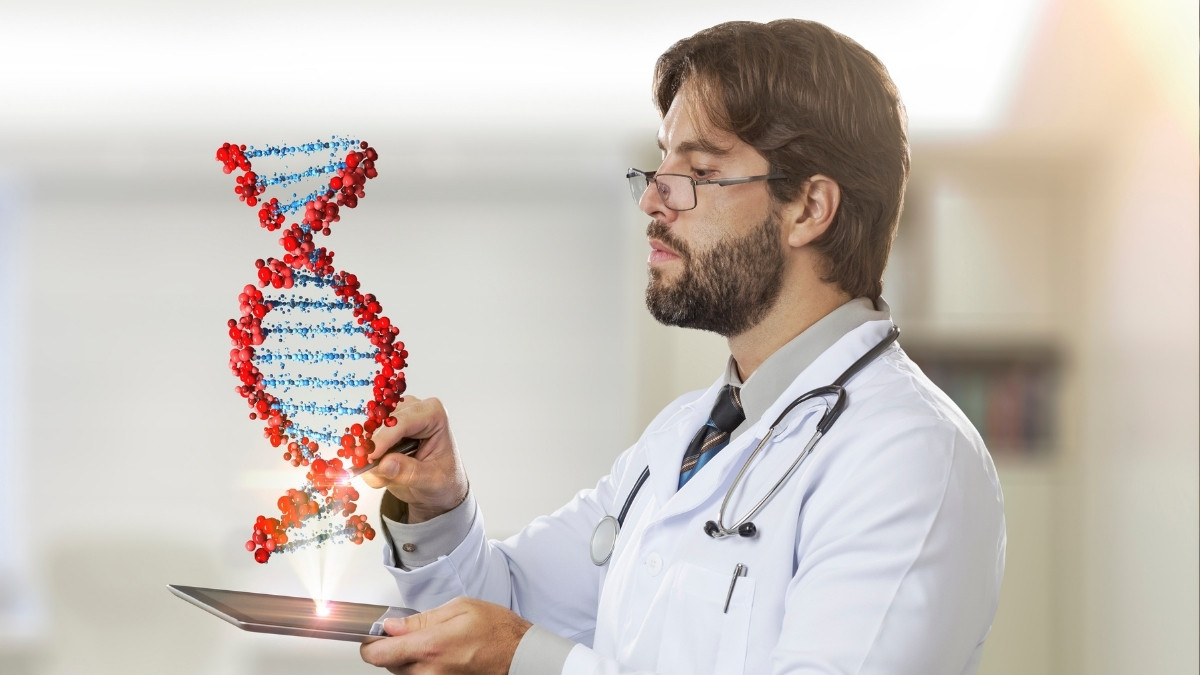Are Your ‘Healthy’ Superfoods Damaging Your DNA? 14 Foods Geneticists Say to Reconsider
The $4.2 billion superfood industry wants you to believe that certain foods are nutritional cure-alls—but emerging research tells a very different story. If you’re confused by conflicting superfood claims and worried about potential negative effects of foods marketed as healthy, you’re definitely not alone.
Many popular “superfoods” actually carry superfood health risks that the marketing simply doesn’t mention. This comprehensive evidence-based analysis carefully examines 14 widely promoted superfoods with hidden downsides, revealing the healthy eating myths behind glossy marketing campaigns.
You’ll learn how to consume these foods safely and critically evaluate nutrition claims using evidence-based nutrition principles for making truly informed dietary choices.
Superfood Myths: The Hidden Risks
The Science Behind Superfood Marketing vs. Reality

The word “superfood” sounds impressive. But here’s the truth: it’s not a scientific term. It’s a marketing word created to sell products.
Food companies started using “superfood” in the early 2000s. They wanted to make regular foods sound special. The problem is that many people now think these foods can cure diseases or replace medicine. That’s not how nutrition works.
How Research Gets Twisted
Companies often pick one small study and blow it up. They might say “studies show” when only one lab test was done on mice. Real nutrition research takes years and thousands of people to prove anything.
Here’s what matters more than any single food:
- How much you eat (dosage matters)
- Your own body type and health
- How your body actually uses the nutrients
The Bioavailability Problem
Your body doesn’t absorb all nutrients the same way. You might eat something packed with vitamins, but your body might only use 10% of them. This depends on:
- What else you eat with it
- Your gut health
- Your genetics
- How the food was processed
The Real Issue
Most superfood marketing ignores these facts. They make it sound like eating one special food will change your health overnight. But nutrition doesn’t work that way.
The FDA tries to stop false health claims, but companies find ways around the rules. They use phrases like “supports health” instead of “cures disease.” This confuses people about what these foods can actually do.
The bottom line: no single food is super. Your whole diet matters more than any one ingredient.
14 Popular Superfoods: The Science-Based Concerns
Let’s look at real concerns with popular superfoods. These aren’t reasons to avoid these foods completely. They’re reasons to be smart about how you eat them.
1. Goji Berries
Goji berries can mess with your medications. They affect how your liver processes drugs, especially blood thinners like warfarin. If you take prescription medicine, goji berries might make it work too well or not well enough.
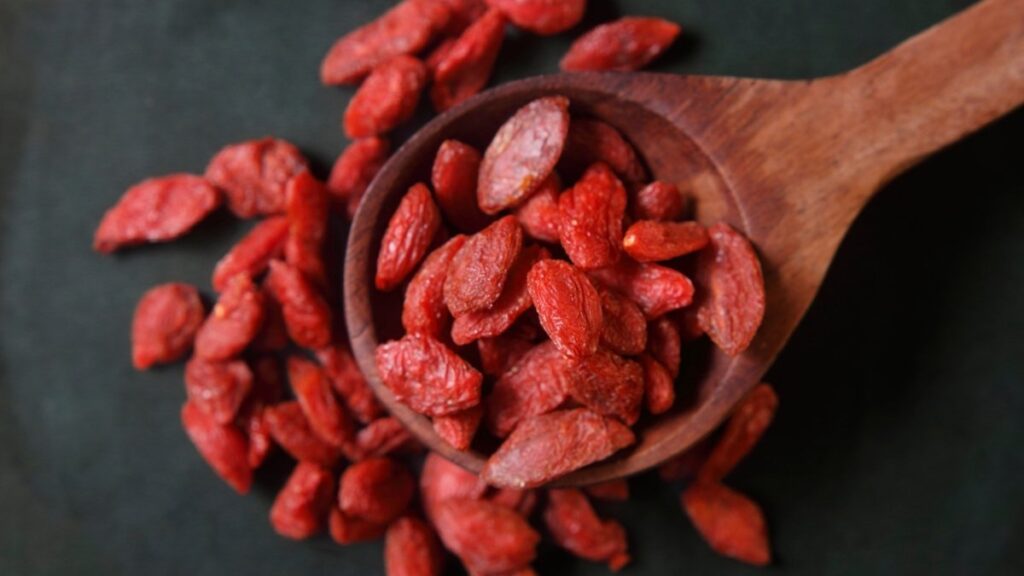
These berries also have natural sugars that can spike blood glucose fast. People with diabetes need to watch their portions. Some people get allergic reactions too, especially if they’re allergic to tomatoes or peppers.
The dried versions sold in stores often have added sugar. This makes the blood sugar problem worse. Fresh goji berries are hard to find and expensive in most places.
Real concern: Drug interactions, not DNA damage. The compounds in goji berries change how your liver works.
2. Kale
Kale contains oxalates – natural compounds that can form kidney stones if you eat too much. People who’ve had kidney stones should limit kale and other high-oxalate foods.
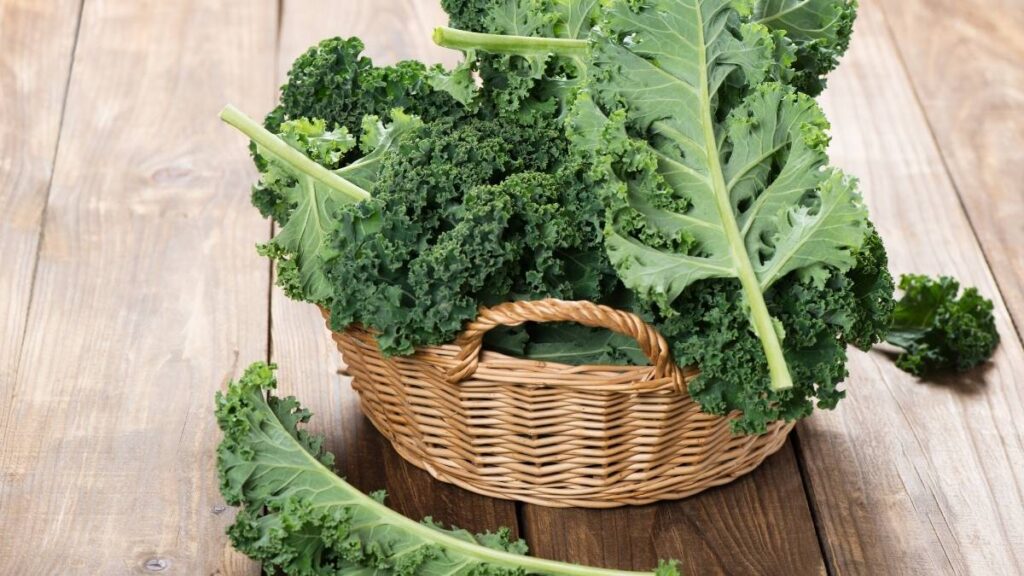
Raw kale also has goitrogens. These can interfere with thyroid function if you eat large amounts and don’t get enough iodine. Cooking kale reduces this problem.
Kale often has pesticide residue. The Environmental Working Group puts it on their “Dirty Dozen” list most years. Buying organic helps, but washing well works too.
Some people can’t digest raw kale well. It can cause gas, bloating, and stomach pain. Massaging kale with salt or cooking it makes it easier to digest.
Real concern: Nutrient interference and digestive issues, not DNA damage.
3. Quinoa
Quinoa has natural soap-like compounds called saponins on its outer coating. These protect the plant but can upset your stomach. They cause nausea, gas, and diarrhea in some people.
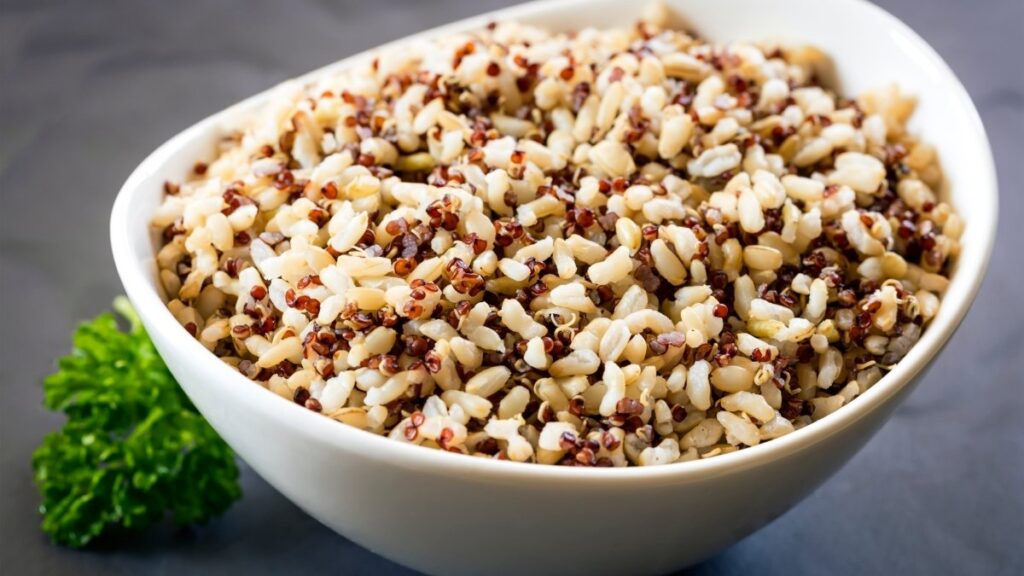
Rinsing quinoa before cooking removes most saponins, but some people stay sensitive. The symptoms feel like food poisoning but usually go away in a few hours.
Quinoa is also high in fiber. If you’re not used to eating much fiber, adding quinoa suddenly can cause digestive problems. Start with small amounts.
The environmental impact is concerning too. High demand has made quinoa expensive for people in Bolivia and Peru, where it’s a traditional food.
Real concern: Digestive irritation from natural plant compounds, not DNA damage.
4. Açaí Berries
Most açaí products are loaded with added sugar. Açaí bowls at smoothie shops can have as much sugar as ice cream. The berries themselves are tart, so companies add sweeteners.
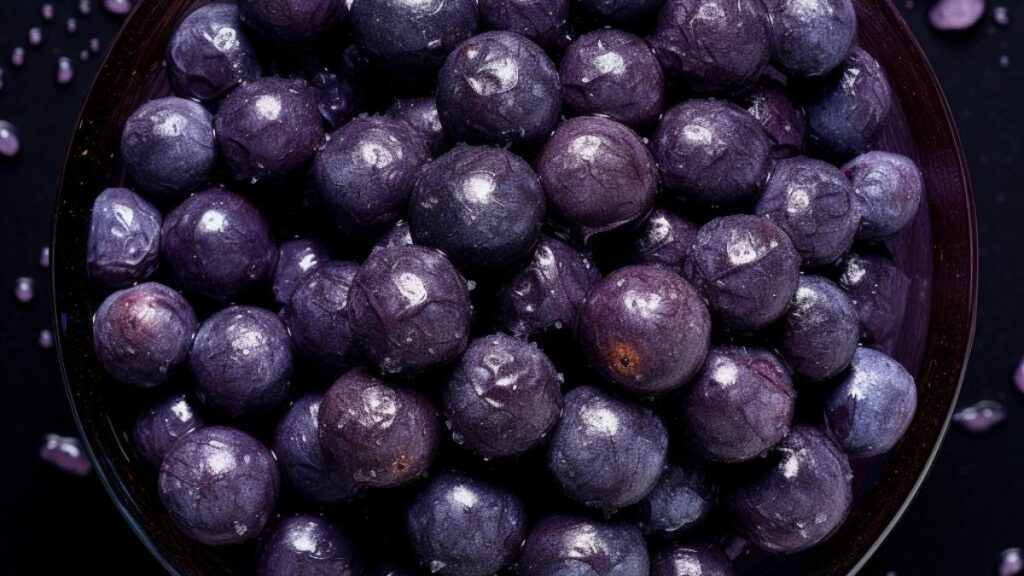
Processing destroys many of the nutrients people buy açaí for. Frozen açaí puree loses vitamins during shipping and storage. Açaí supplements often contain very little actual açaí.
The cost doesn’t match the benefits. You can get similar antioxidants from blueberries, blackberries, or other local fruits for much less money.
Some açaí supplements have been found to contain fillers or other berries. Since açaí is expensive, some companies stretch it with cheaper ingredients.
Real concern: Hidden sugars and processing issues, not DNA damage.
5. Chia Seeds
Chia seeds expand up to 10 times their size when wet. If you eat them dry and don’t drink enough water, they can swell in your throat and cause choking. Several people have needed emergency care for this.

Always soak chia seeds for at least 10 minutes before eating them. Or drink plenty of water if you eat them in a smoothie.
Chia seeds might increase bleeding risk. They contain omega-3 fats that can thin blood slightly. If you take blood-thinning medicine, talk to your doctor before eating large amounts.
Some people get stomach pain from too much fiber too fast. Chia seeds pack a lot of fiber in a small amount. Start with one teaspoon and work up slowly.
Real concern: Physical choking hazard and blood-thinning effects, not DNA damage.
6. Spirulina
Spirulina can contain heavy metals like mercury and lead. Blue-green algae absorb whatever is in the water where they grow. Some supplements have tested above safe limits for these metals.
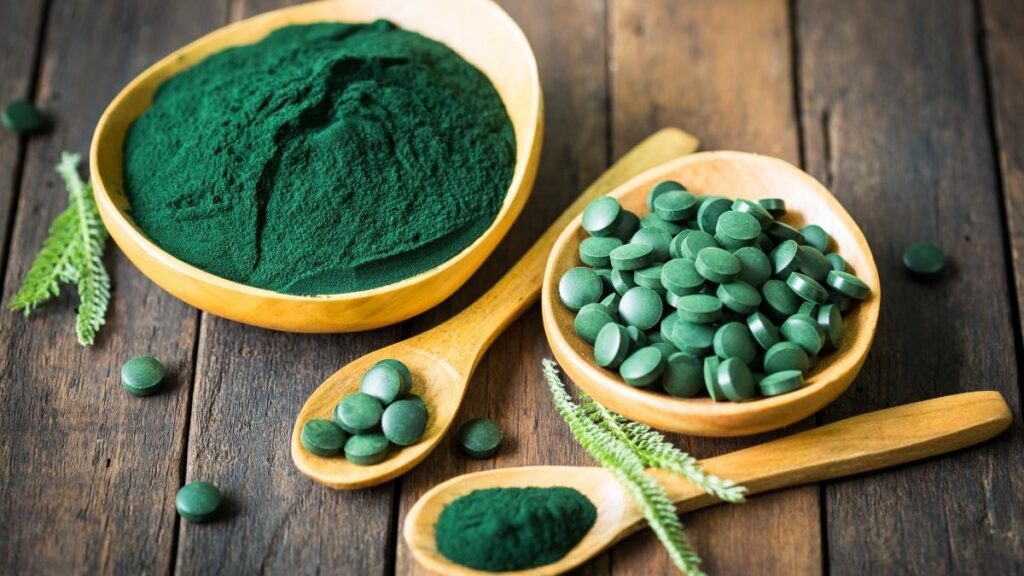
People with autoimmune diseases should be careful with spirulina. It can stimulate the immune system, which might make autoimmune symptoms worse.
Some spirulina is grown in ponds that can get contaminated with harmful bacteria. Poor quality control has led to products with dangerous microbes.
The powder form can cause nausea in some people, especially on an empty stomach. The taste and smell bother many people too.
Real concern: Heavy metal contamination and immune system stimulation, not DNA damage.
7. Coconut Oil
Coconut oil is about 90% saturated fat. That’s higher than butter. The American Heart Association warns that this much saturated fat can raise cholesterol and increase heart disease risk.
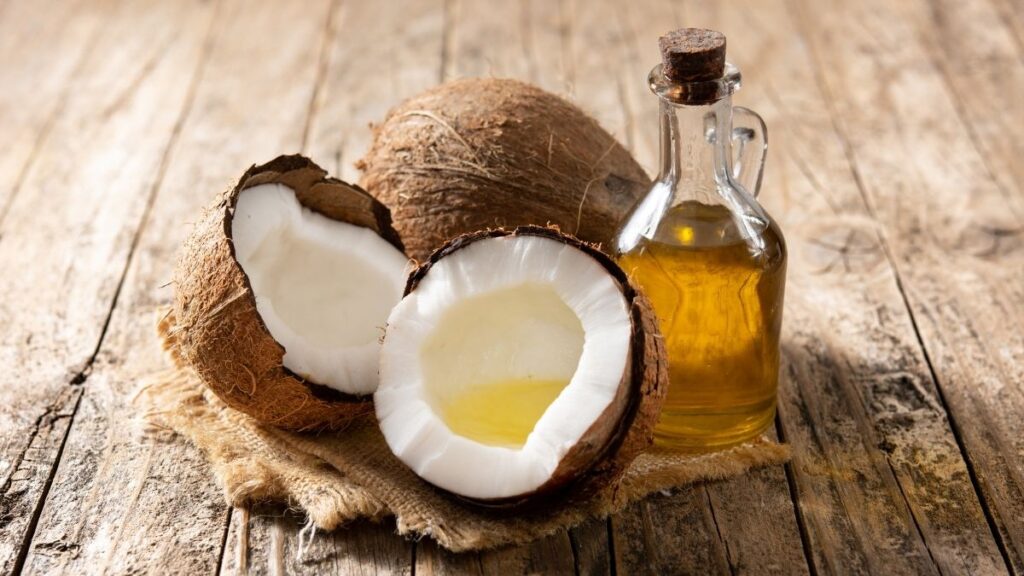
Some studies show coconut oil might raise both good and bad cholesterol. But the bad cholesterol increase concerns doctors more than any good cholesterol benefits.
Marketing claims about coconut oil boosting metabolism aren’t proven in humans. The studies that show this effect used a special type of coconut oil, not the regular kind in stores.
Coconut oil is also very high in calories. One tablespoon has 120 calories with no other nutrients. It’s easy to eat too many calories when cooking with it.
Real concern: High saturated fat content affecting heart health, not DNA damage.
8. Turmeric
Turmeric can block iron absorption when eaten with iron-rich foods. This matters for people who are already low in iron, especially women and vegetarians.
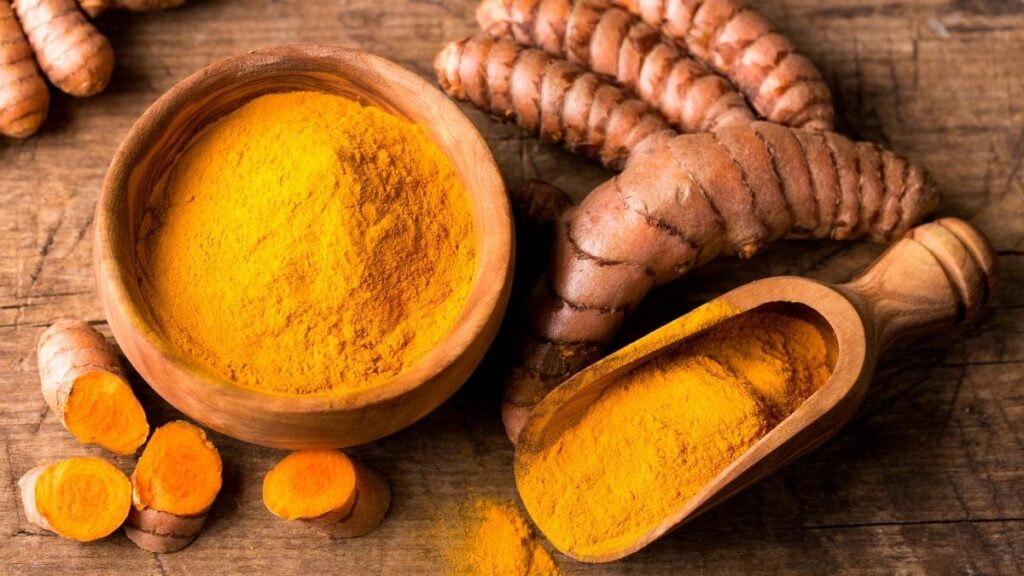
Large amounts of turmeric might increase the risk of kidney stones in people who are prone to them. Turmeric contains oxalates like kale does.
Turmeric can also make gallbladder problems worse. It increases bile production, which can trigger gallbladder attacks in people with gallstones.
Some turmeric supplements interact with blood-thinning medications. They can increase bleeding risk when combined with these drugs.
Real concern: Nutrient absorption interference and medication interactions, not DNA damage.
9. Green Tea Extract
Green tea extract supplements can damage the liver in high doses. Several people have needed liver transplants after taking concentrated green tea extract pills.
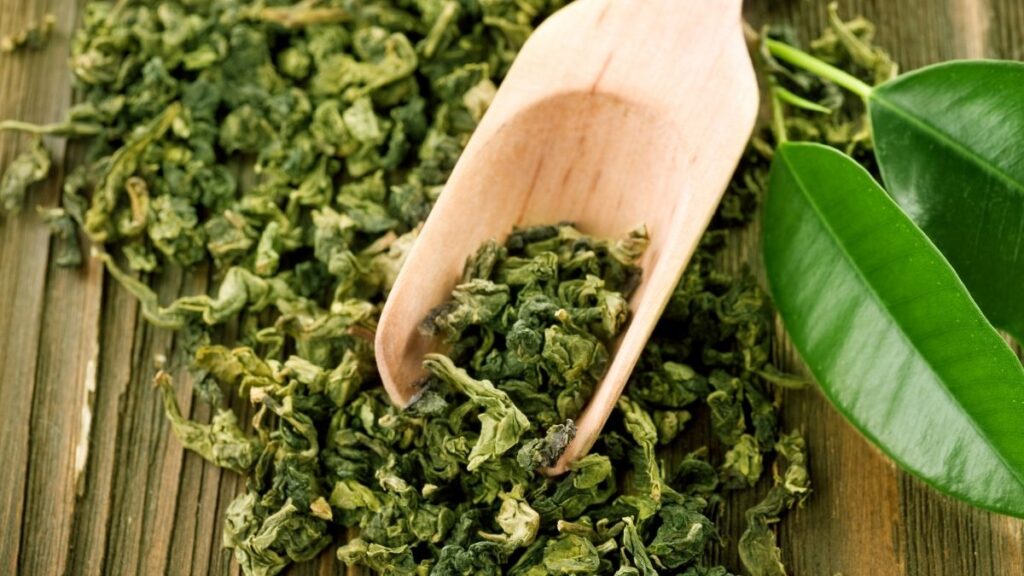
The problem is the dose. Drinking green tea is safe, but supplements pack a day’s worth of compounds into one pill. Your liver can’t handle that much at once.
Green tea also has caffeine. People sensitive to caffeine can get jittery, anxious, or have trouble sleeping from green tea extract.
Some green tea extracts interact with medications. They can change how fast your body breaks down certain drugs.
Real concern: Liver toxicity from concentrated supplements, not DNA damage.
10. Pomegranate Juice
Pomegranate juice has as much sugar as soda. One cup contains about 30 grams of sugar and 130 calories. Even though it’s natural sugar, it still affects blood glucose.
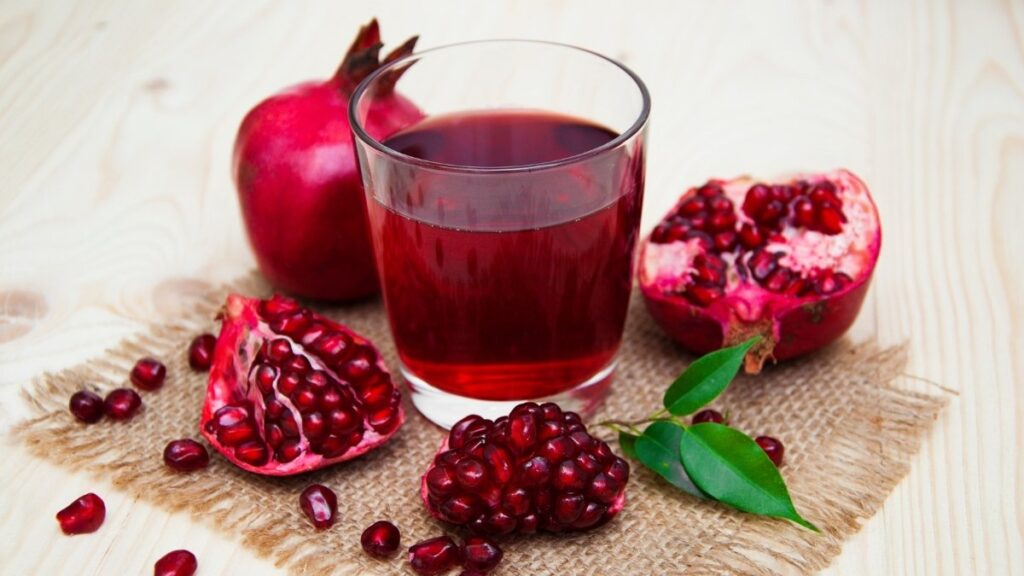
The juice lacks the fiber that whole pomegranate seeds provide. Fiber helps slow sugar absorption and makes you feel full.
Pomegranate juice can interact with medications the same way grapefruit juice does. It affects liver enzymes that break down drugs.
Many pomegranate juices in stores are mixed with other juices or have added sugar. Pure pomegranate juice is expensive, so companies stretch it.
Real concern: High sugar content and drug interactions, not DNA damage.
11. Raw Cacao
Raw cacao contains caffeine and a similar compound called theobromine. Together, these can cause rapid heartbeat, anxiety, and trouble sleeping in sensitive people.
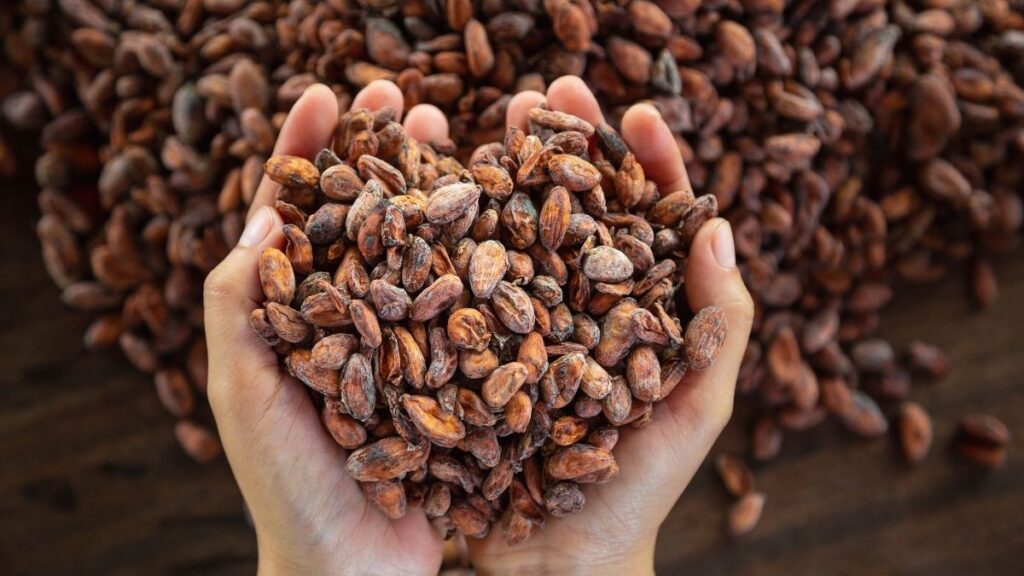
Some raw cacao products test positive for heavy metals like cadmium and lead. Cacao plants absorb these from soil and air pollution.
Raw cacao can cause digestive problems in some people. The fiber and compounds in raw cacao can lead to stomach upset or diarrhea.
People taking antidepressants should be careful with large amounts of raw cacao. It contains compounds that might interact with these medications.
Real concern: Stimulant effects and potential heavy metal contamination, not DNA damage.
12. Wheatgrass
Wheatgrass shots can contain harmful bacteria if not handled properly. The growing conditions for wheatgrass can harbor E. coli and salmonella.
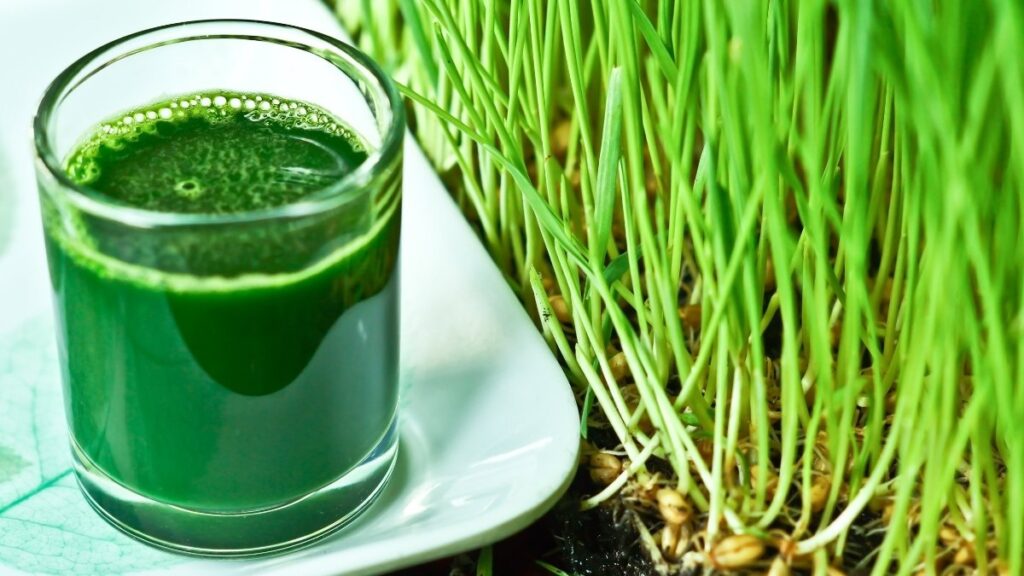
Some people can’t absorb nutrients from wheatgrass well. The thick cell walls make it hard for your digestive system to break down.
Wheatgrass can cause nausea and headaches in some people, especially when starting out. The chlorophyll concentration is very high.
People with celiac disease worry about wheatgrass, but the grass itself doesn’t contain gluten. Only the seeds do. Still, cross-contamination is possible.
Real concern: Bacterial contamination and digestive sensitivity, not DNA damage.
13. Kombucha
Kombucha contains small amounts of alcohol from fermentation. Most commercial kombucha has less than 0.5% alcohol, but homemade versions can have more.

Contamination is a real risk with homemade kombucha. Harmful bacteria or mold can grow if the brewing process isn’t clean.
The acid in kombucha can upset sensitive stomachs. People with acid reflux or stomach problems might feel worse after drinking it.
Some people get digestive upset from the probiotics in kombucha, especially if they’re not used to fermented foods.
Real concern: Contamination risks and digestive sensitivity, not DNA damage.
14. Grapefruit
Grapefruit has serious drug interactions. It affects liver enzymes that break down medications. This can make drugs work too well or not well enough.
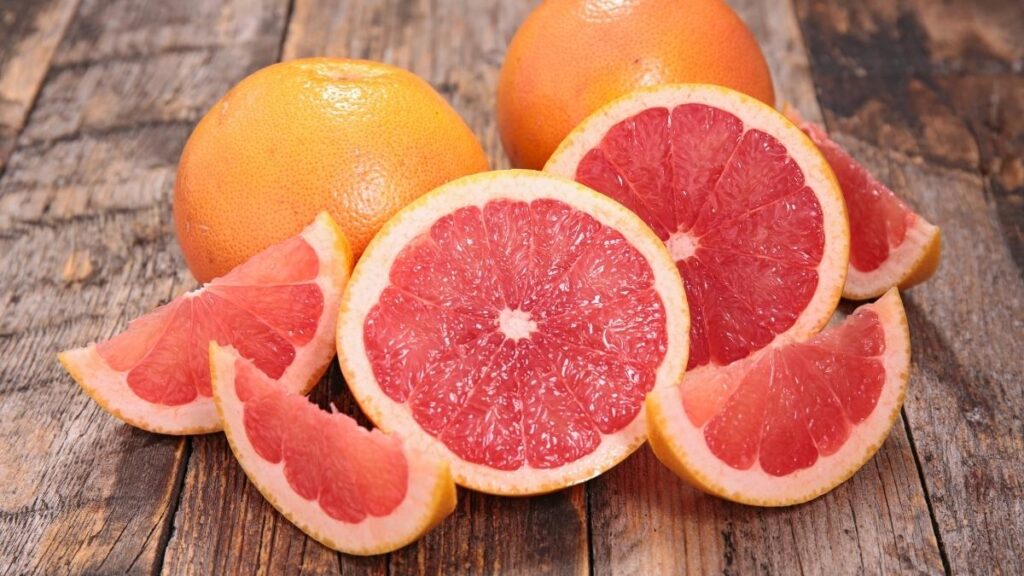
The list of drugs that interact with grapefruit includes blood pressure medications, cholesterol drugs, and many others. The effects can last for hours after eating grapefruit.
Grapefruit is very acidic and can trigger acid reflux in people who are prone to it. It can also wear down tooth enamel over time.
Some people get migraines from citrus fruits like grapefruit. The natural compounds in citrus can trigger headaches in sensitive people.
Real concern: Severe drug interactions and acid-related problems, not DNA damage.
How to Enjoy These Foods Safely
Most of these foods are healthy when you eat them the right way. Here’s how to be smart about superfoods:
Start Small Don’t jump into eating large amounts of any new food. Your body needs time to adjust. Start with small portions and see how you feel.
Know Your Health Status If you take medications or have health conditions, talk to your doctor before adding new foods to your diet. Some foods can affect your medications or symptoms.
Focus on Variety Don’t rely on one or two superfoods. Eat many different fruits, vegetables, and whole foods. This gives you more nutrients and reduces the risk of problems from any single food.
Buy Quality Products Choose organic when possible for foods known to have pesticide residue. Look for third-party testing on supplements. Avoid products that make extreme health claims.
Listen to Your Body Pay attention to how you feel after eating different foods. Some people digest certain foods better than others. Trust your body’s signals.
Remember: moderation is key. Even healthy foods can cause problems if you eat too much of them.
Red Flags in Superfood Marketing
Watch out for these warning signs when companies sell superfoods:
“Miracle Cure” Language No food cures disease by itself. Companies that promise to cure cancer, diabetes, or other serious conditions are lying. Real nutrition supports health but doesn’t replace medicine.
Cherry-Picked Studies Look for companies that mention “studies show” but don’t give details. Real research involves many studies over years. One study on mice doesn’t prove anything about humans.
Missing Dosage Information Good companies tell you how much to eat and when. Be suspicious of products that don’t give clear dosage instructions or that tell you to eat unlimited amounts.
Celebrity Endorsements Over Science Celebrities get paid to promote products. Their opinion doesn’t make a food healthy. Look for information from doctors and nutrition scientists instead.
Real nutrition is boring compared to superfood marketing. But boring nutrition advice works better than miracle promises.
Conclusion
Superfoods can be part of a healthy diet, but they’re not magic. Most of the foods on this list are nutritious when eaten in normal amounts as part of a varied diet.
The real problems come from eating too much of any single food or believing marketing hype over science. Your best bet is to eat a variety of fruits, vegetables, whole grains, and lean proteins.
Don’t let superfood marketing scare you away from healthy foods or make you think you need expensive exotic ingredients. Local, seasonal produce often provides better nutrition for less money.
Talk to your doctor or a registered dietitian if you have questions about specific foods and your health. They can give you advice based on your individual needs, not marketing claims.
Focus on your overall eating pattern, not individual superfoods. That’s where real health benefits come from.

